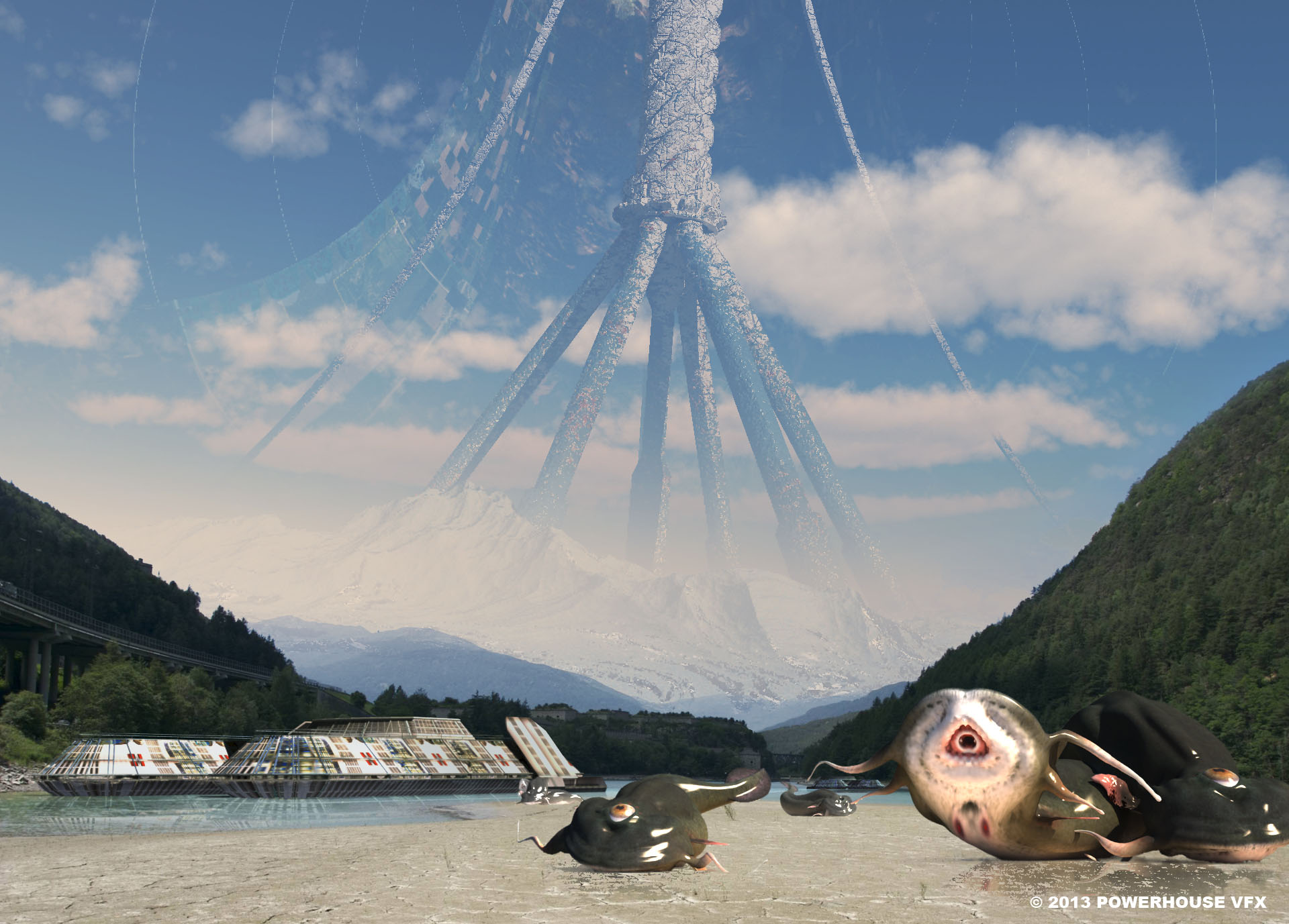In the Heart of the Sea
It is hard to believe now, but during much of the eighteenth century and most of the nineteenth, the cities of the world were lit, inside and out, by lamps burning whale oil. I can hardly imagine just how much oil that took every year. I mean, whales are big, but how much oil can you get from one? It must mean that literally millions of whales were slaughtered during this time, and we know that many species were brought to the brink of extinction, where many of them remain. If only the properties of crude oil had been discovered a century earlier, our oceans today might be very different places.
Most of the whaling was done by ships from New England, places like New Bedford and Nantucket. This is the story of a singular event that happened in 1820, that is, the sinking of the whaling ship Essex by a very large sperm whale. It was the inspiration for Melville’s Moby Dick. This movie is a largely fictionalized account of that fatal voyage.
That the Essex was sunk by a whale is not in doubt. This was an extremely rare event. The smaller boats were frequently smashed by whales in their death throes, but not the bigger mother ships. That the survivors drifted in boats for many, many days is also historical fact, as is the fact that they ate their dead, and even drew lots to be killed when those bodies were consumed. Just about everything else is made up. The whale was not white, and it did not pursue the boats and try to sink them. Once it sent the Essex to Davy Jones, it was never seen again.
This is a rousing and spectacular and expensive movie, directed by Ron Howard, and it laid a huge egg. It’s hard to say why. It’s possible that the lack of some clown in a Spandex suit killed it, as that seems to be a requirement for big movies these days. But I think it may have more to do with how we regard whales these days. Many people may find it hard to see these magnificent beasts killed and butchered just for the blubber and spermaceti, the rest thrown back to the sharks. Another problem is that, in telling the story mostly as it happened, the film shifts from being Moby Dick, to Cast Away, to All Is Lost, to Alive.
Well, for whatever reason, it flopped. But I liked it. It is exciting to look at, with the scenes of shipwreck and most of all, the whales and whaling. Ironically, it was not necessary to put in a disclaimer at the end, saying that no animals were harmed in the making of this film. That’s because no whales were involved! It was all CGI, of course, and very well done.
